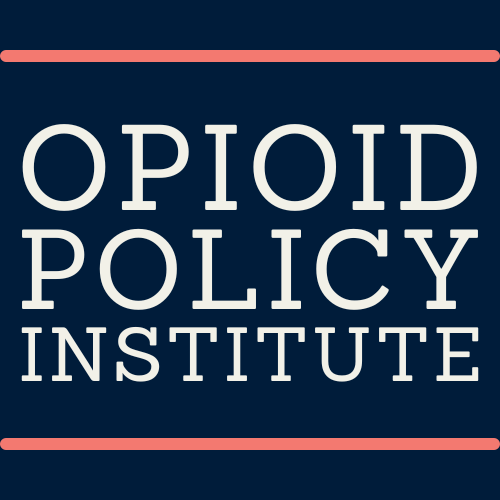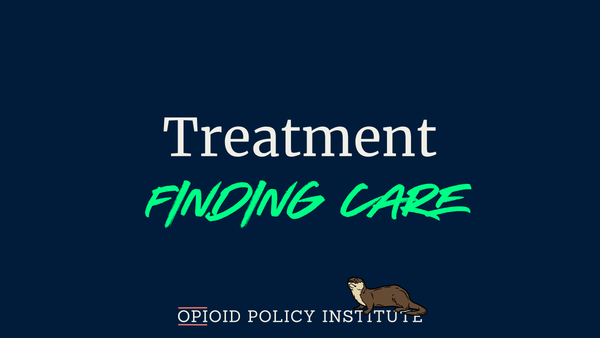Waka Flock-uhhh? 🔥
WFAM - Waste of the Week

Quick WFAM Project Updates (9.25.25)
- Our database is at 257 WFAM examples
- 📈 +57 WFAM examples since last post
- Current WFAM Total: ~$23.4mil
- 📈 +$3.4mil since last post
- Stacks on stacks, racks on racks - Waka Flocka Flame
Waka Flock-uhhh? (or Flock Automated License Plate Readers)
Today, we're calling out spending opioid settlement money on Flock and other automated license plate readers (ALPR):
Automated License Plate Readers (+$80k)
2025 EOY UPDATE: +$111,672
- Vendors: Flock, Motorola Solutions (Vigilant), et al.
- Where: Illinois, New Jersey, West Virginia
- Initial Spending: Device + subscription
- Long-term Costs: Maintenance, replacements, training, subscription fees
- Other Considerations:
- As always, the purchasing process may have issues: Was there an open bidding process for these devices? How was the specific model evaluated for the stated purpose? What contact was there between the company and the government? These questions could generate other concerns and are worth investigating.
- The decision-making process might have issues: Was the public notified about this purchase? Who was consulted before the purchase? Who approved the purchase?
- The stated outcomes might have issues: What are the metrics that law enforcement provided to decision makers to evaluate whether this spending is a “success?” Is there data or research showing that ALPR reduce overdose deaths or improve access to treatment? If not, why would opioid settlement money go towards ALPRs?
- The implementation might have issues: How are the ALPR going to be used? Will they respect privacy and civil liberties, or disproportionately target marginalized communities? What safeguards are in place?
- The legacy of these decisions might have a long tail: How were ongoing costs, including litigation risks, factored into the decision-making process?
- Good Spending Alternatives: Naloxone distribution in high-risk communities, integrating Eat-Sleep-Console into labor and delivery services, lowering barriers to medication to treat opioid addiction with transportation vouchers, peer recovery supports, and paying for under/uninsured people to receive care.
From our standpoint, no surveillance system can address a community's need for addiction prevention, harm reduction, treatment, and recovery supports. Therefore, anytime we see spending like this, it's going to end up on our database as WASTE.





